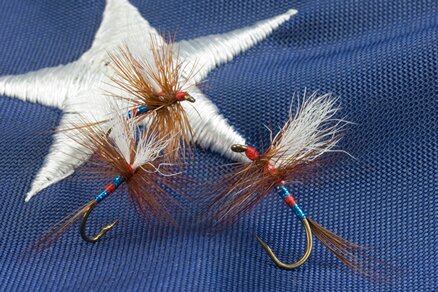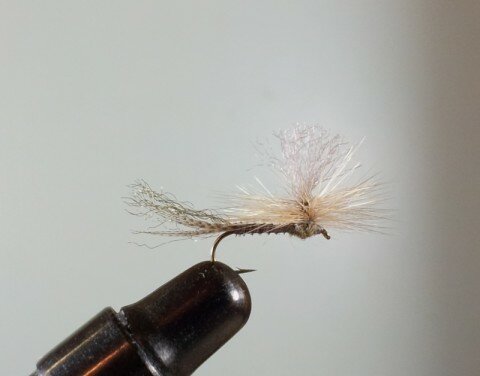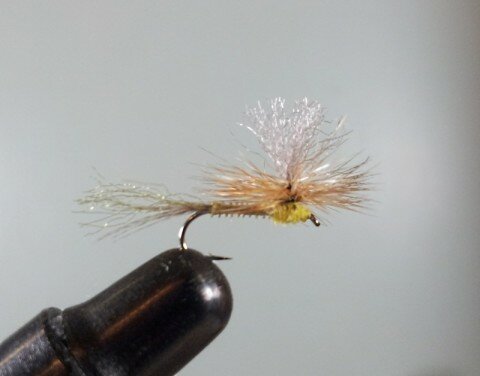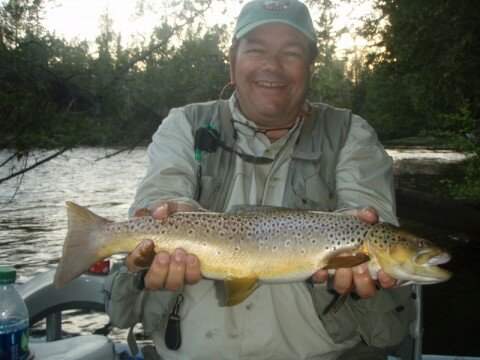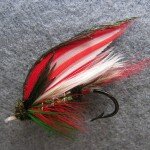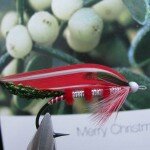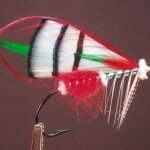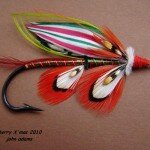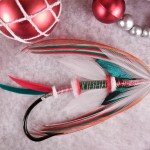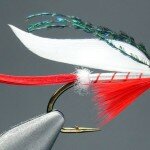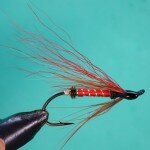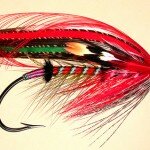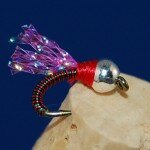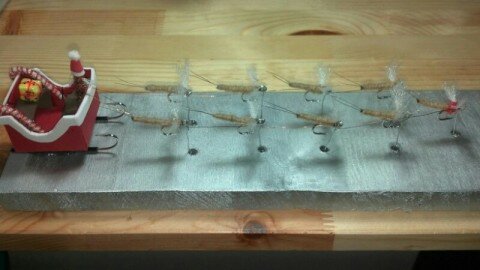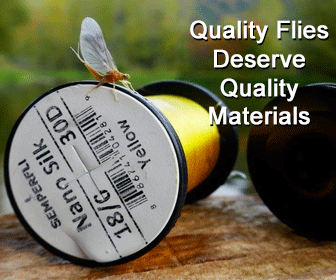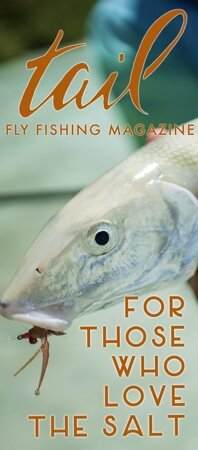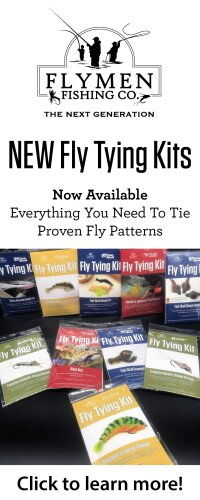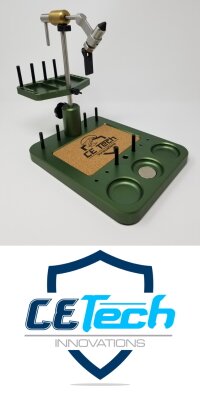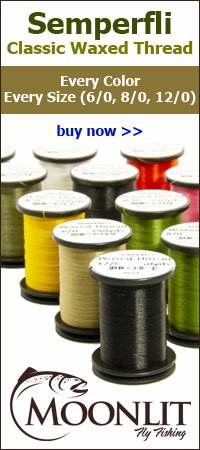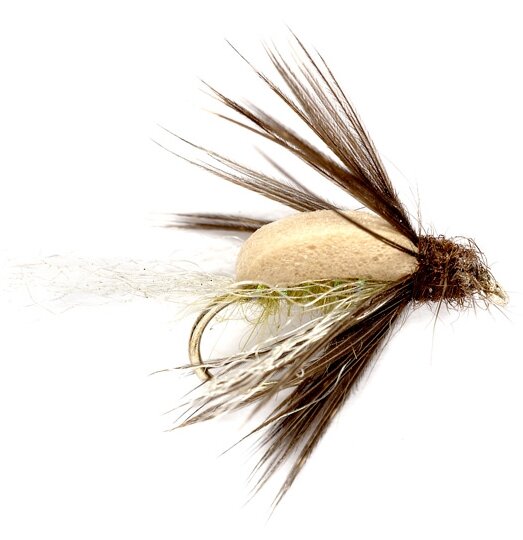 Don timed this just as I posted about his Green Patriot yesterday. He has written an excellent post about his new fly explaining its effectiveness, Gary Lafontaine, the concept behind his design, and some interesting facts about how trout feed. Orvis has accepted his Floating Caddis Emerger and it is listed in their catalog at this time.
Don timed this just as I posted about his Green Patriot yesterday. He has written an excellent post about his new fly explaining its effectiveness, Gary Lafontaine, the concept behind his design, and some interesting facts about how trout feed. Orvis has accepted his Floating Caddis Emerger and it is listed in their catalog at this time.
“I thought about some elements of the caddis fly that I felt important to imitate. Form, silhouette, and floatation were key elements that needed to be designed into the fly. Caddis pupal shucks quiver and vibrate while floating on the surface as the adults struggle to emerge, so I reasoned that the addition of various fibers to blur the trout’s vision might suggest this behavior. And it needed to float as well. I also thought of a mottling effect to imitate the variegated markings of some caddis flies. This thought process caused me to develop the Floating Caddis Emerger. This pattern has become my favorite because it works far better than the others. In fact it has worked so well that I am prone to exaggerated ravings about it, however I shall endeavor to focus on the facts. The Floating Caddis Emerger differs from the other two patterns in two ways. First and most significantly, there is what I call an overback strip of closed-cell foam. This is my solution for unexcelled floatation. Even if swamped in surface turbulence, the fly remains suspended in the film. The second addition is a single wrap of mottled hen back feather at the head to achieve a variegated effect. Omitted ingredients are the body shuck and the half wing. Included are the trailing shuck, Krystalflash rib, Haretron dubbed body, and dubbed head.”
You should definitely take the time to read his post because I think the entire process of designing this fly has been thought-through carefully. I honestly admire Don for learning Lafontaine’s concepts and then taking the information he learned and applying it to his own design.



